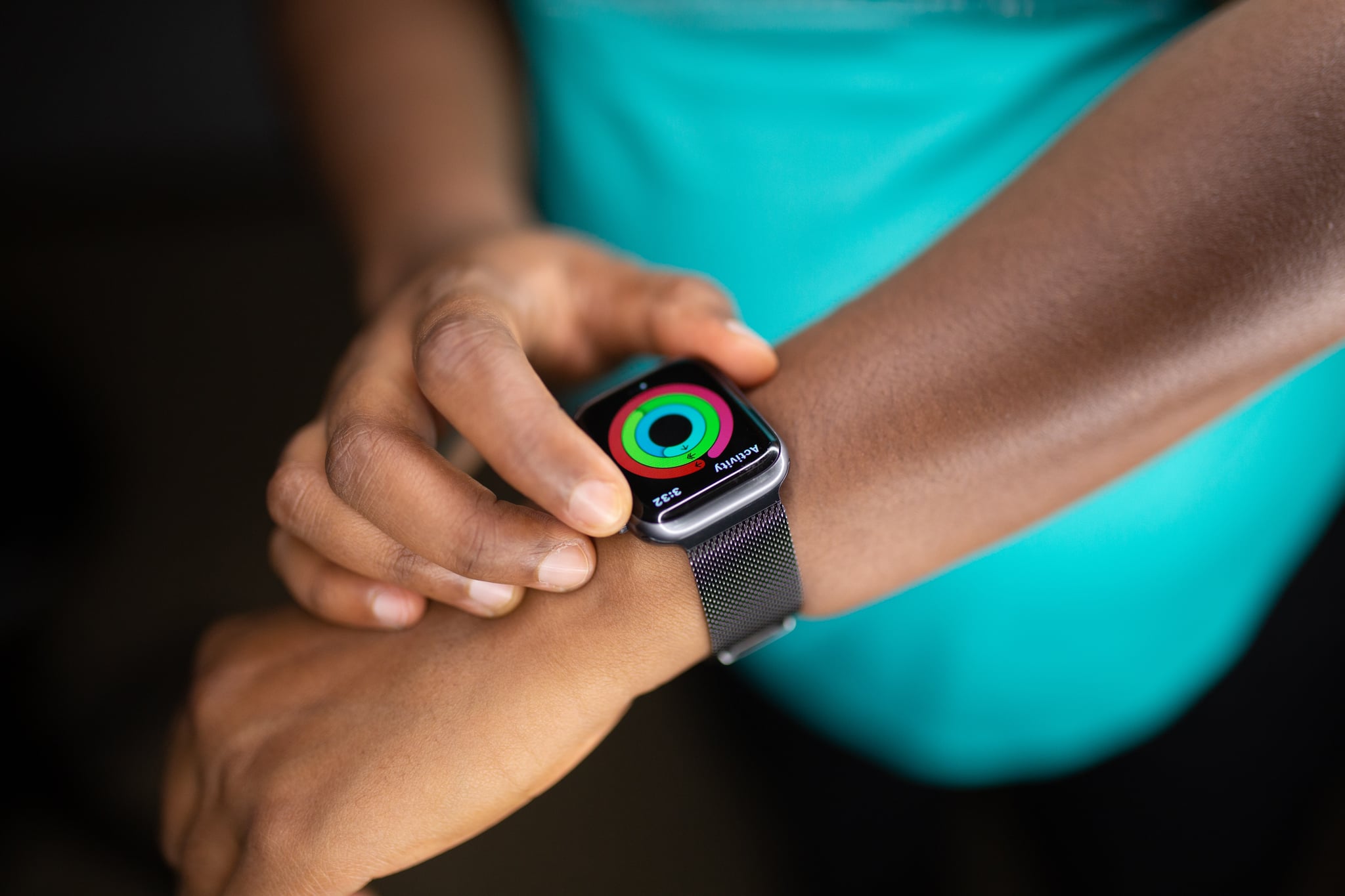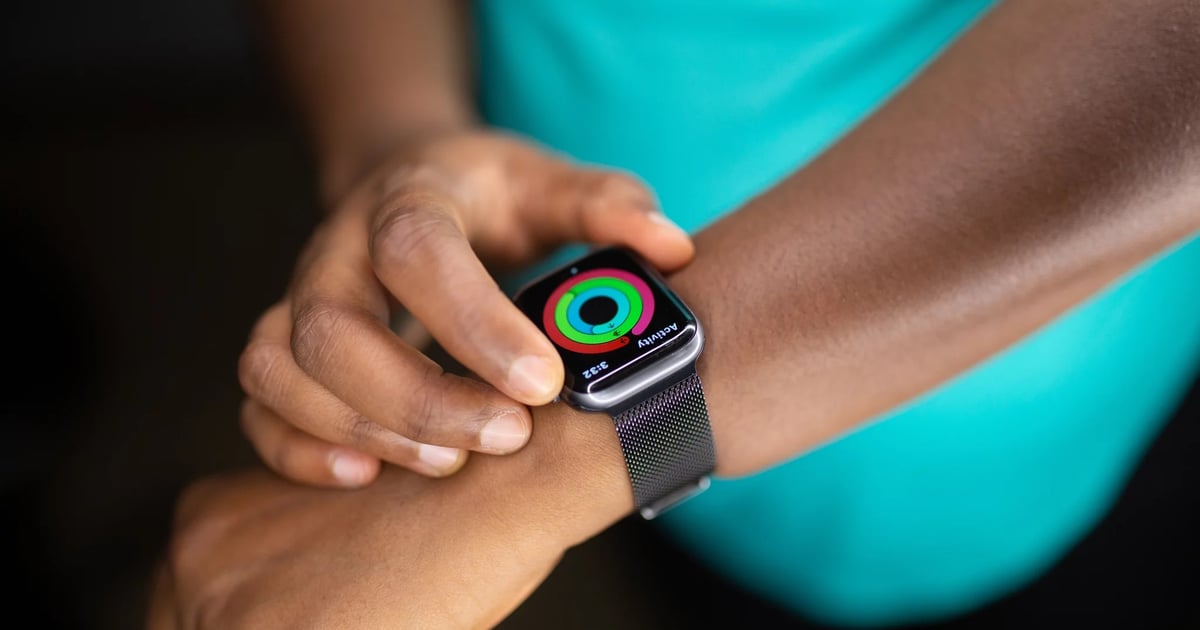
When you first kickstart a fitness journey, you might automatically look at the “calories burned” figure on your smartwatch or cardio machine to determine your workout’s value. And it makes sense: Calorie burn is often a readily accessible stat and much easier to understand than metrics like VO2 max and percentages of maximum heart rate.
But if you’re wondering “how many calories should I burn in a workout?” we’re here to tell you that there’s no one-size-fits-all answer. In fact, “I think ‘calories burned’ is pretty much the last thing you should be focused on during your workout,” says Alyssa Parten, MS, CSCS, a NSCA-certified personal trainer, strength and conditioning specialist, and powerlifting coach. Concentrating primarily on calories burned can lead you to overlook other healthful activities that belong in your routine, make your workout regimen feel unsustainable, and suck the pleasure out of fitness, experts say.
Ahead, fitness pros break down why there’s no “best” number of calories to burn in a workout, the problems associated with that metric, and the information you can instead look at to assess your session’s benefits.
What Does It Mean to “Burn Calories”?
Put simply, a calorie is a unit of energy supplied by food, and your body needs calories to function properly, says Barb Puzanovova, CPT, a non-diet, HAES-aligned, ACE-certified personal trainer in Nashville. About 60 to 70 percent of the calories you expend (read: “burn”) each day is used to support your body at rest — powering your cells, keeping your heart beating, helping you breathe, and performing other vital functions, research shows. Another 10 percent is used to digest the food you consume, and the remainder is used to carry out physical activity — even non-exercise activities like playing with your dog or doing your laundry.
“We are actually using energy just being alive,” Puzanovova says. “You need food, which is energy, to replenish those calories at a pretty regular rate. If we are adding exercise on top of that, that means we need to eat more so that we can replenish those calories, too.”
What Determines How Many Calories You Burn In a Workout?
When you exercise, your body needs even more energy to contract your muscles and deliver nutrients to all the vital organs and tissues, which means you burn more calories, says Parten. Generally, two elements of your workout will impact how many calories you expend: intensity and duration, she notes. The longer a period of time that you sustain a certain level of activity, the more energy that’s going to require, she explains. Training at a higher intensity also tends to burn more calories than exercising at a lower intensity.
Individual factors — your genetics, body composition, weight, and training status — will also affect the number of calories you burn in a workout, Parten notes. “The more trained you are, the more efficient you are at burning calories and performing any certain type of exercise, so the fewer calories you’re going to burn because your body is built to adapt,” she says. Basically, as your body gets better at exercising, it doesn’t have to work as hard to get the job done, thus burning fewer calories. Meaning, if you were to run one mile a day for three months, by the end of that time period, you’d be burning fewer calories during that mile than you did when you first started.
What’s more, some people may continue burning calories long after their workout finishes, thanks to excess post-exercise oxygen consumption, aka EPOC. As your body recovers after a workout and works to return to its pre-exercise state, you consume more oxygen and experience an increase in metabolism, according to the National Academy of Sports Medicine. The higher the intensity of your workout, the more time is required for your body to recover, so more energy is required, says Parten. “It takes energy to make energy — and it also takes energy to recover,” she adds. Research has found that high-intensity interval training leads to a high EPOC effect, so you may burn more calories from your session than if you performed low-intensity, steady-state exercise, she notes.
Why You Shouldn’t Focus on How Many Calories You Burn In a Workout
Given the plethora of factors that impact the number of calories you use up while training, there’s no set-in-stone answer to the question: “how many calories should you burn in a workout?” And despite what your high school health teacher or influencers on the internet told you, calories aren’t something you should be afraid of, says Puzanovova. “It’s just a unit of energy, and just like the animals in the woods, we use that energy throughout the day as we’re moving around or not moving around, and we need to replenish that energy,” she says.
Plus, putting calories at the top of your priority list comes with significant drawbacks.
You might skip certain activities that are beneficial to your health.
When you make high-calorie-burning activities the bulk of your training plan, you might skip movement practices that don’t expend as many calories but are just as beneficial to your health, such as walking, stretching, and strength training, says Puzanovova. “Your workouts can be effective without being as high in calorie burn,” adds Parten. Walking, for instance, is shown to improve mood and reduce the risk of hypertension, while strength training is linked with increased muscle strength and mass, improved bone density, and reduced stress and anxiety, particularly in older adults.
Fixating on calorie burn may also lead you to bypass rest days, according to the experts. If you’re feeling rundown, stressed, or sick and your biggest priority is to expend a certain number of calories, you might feel like you’re failing — and consequently not give your body the recovery time it needs, says Puzanovova. “If you did a hard bout of exercise yesterday, then maybe today needs to be a recovery day, and your total calorie burn for the day needs to be a little lower so that you can recover,” adds Parten. “The adaptations we see from exercise occur during those recoveries because that’s when your body is able to adapt and exceed its previous threshold.”
Calorie trackers overlook other perks of exercise.
Hyper-focusing on the calories you burn in a workout can also pull you away from appreciating the other benefits of exercise and aspects of fitness that are actually fun, says Puzanovova. When you’re on a walk or jog, for instance, “your watch or your calorie tracker is not going to capture the feeling of seeing the bright green, new leaves popping through, the way your dog’s ears bounce, or the song of birds,” she notes. “It’s just not going to get all of those details that make things more enjoyable or human — calories are just one aspect.”
Prioritizing “calories burned” can make fitness feel unsustainable.
Just because an activity burns a lot of calories doesn’t mean you’ll stick with it. To reach your health goals in the long run, sustainability is key. “If you’re looking to improve your body composition or your overall health and longevity, then it really comes down to the type of exercise that you can see yourself doing for a long period of time,” says Parten — not burning the highest number of calories. “You really just have to figure out your long-term goals and just exercise,” she says. Finding the form of movement you actually enjoy and look forward to is key.
Weight loss isn’t as simple as burning more calories.
You may decide to focus on calorie burn in order to support weight-loss goals. But research suggests the long-standing idea that a 3,500-calorie deficit is necessary to lose 1 pound of body weight is outdated and inaccurate, as weight loss is much more complex than “calories in < calories out.” Plus, when a person attempts to create that deficit with increased physical activity, they might simultaneously increase the amount of energy (read: calories) they’re consuming to support that increase in movement, studies suggest.
By focusing solely on burning calories, you may also neglect to care for other aspects of your health — feeding yourself enough, sleeping well, recovering fully — that may give you the same outcomes you’re hoping to achieve with weight loss, says Puzanovova. “Maybe with weight loss, you’re looking for higher energy levels, better mood, or to feel better about yourself,” she explains. “In reality, taking care of yourself might give you those results. And then maybe your body loses weight, maybe it gains weight, maybe it stays the same, but it kind of falls to the background.”
Calorie trackers aren’t that accurate.
The calorie tracker found on treadmills, ellipticals, stair climbers, and other cardio machines typically aren’t accurate, says Parten. (Remember, how many calories you burn in a workout depends on a handful of individual factors.) Plus, a 2022 review of 65 studies found that even wrist-worn fitness trackers had a mean absolute percentage error of more than 30 percent for energy expenditure, showing poor accuracy. Translation: Using these metrics to guide your workout won’t do you any good.
What to Focus on Instead of Calories Burned
Rather than using calorie burn to determine the value of your workout, look to other pieces of quantitative data. You might track how many reps and sets you performed and the weight you used for each exercise or the amount of weight you can lift, then watch how your strength changes over time, suggests Puzanovova. In cycling classes, you could log your power output or fastest RPM to see improvements in your endurance or speed with each session, she adds. Runners can also look at their pace or distance and compare the stats with those from the week prior, Parten recommends.
If workout stats stress you out, consider qualitative data, says Puzanovova. After a workout, you might write down how you felt, physically or mentally, before and after the session, she suggests. “Maybe we can put it on a number scale: On a scale of one to five, what’s my energy level right now, how do I feel about my body, or how stressed am I right now?” she notes. “For some of us, feelings are hard. It’s hard to describe them, quantify them, or figure out how you feel in this moment. But I honestly love [this method] the most because it’s one of those things that you can feel right away. As anyone on a weight-loss or fitness journey will attest, it takes a while [to notice changes]. You can’t be like, ‘Okay, I did one workout and I’m immediately stronger.'”
Regardless of what stats or feelings you choose to zero in on, you’re sure to see more value coming from your training if you look beyond calories, Parten says. “Whenever you can shift your mindset to focusing more on your performance than just the physical, ‘I’m burning this amount of calories’ or ‘I lost this amount of weight,’ I think that’s going to be more sustainable for pretty much anybody.”
